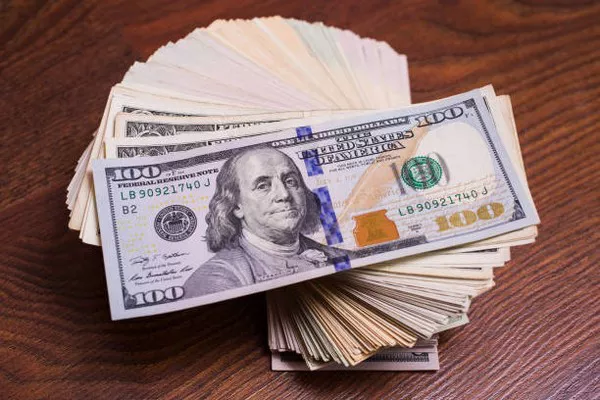In a world where counterfeit currency is a persistent threat, ensuring the authenticity of your cash is paramount. The $20 bill, one of the most commonly circulated denominations in the United States, is no exception. With advancements in printing technology, counterfeiters have become increasingly sophisticated, making it essential for individuals and businesses to know how to authenticate their currency. In this article, we will explore various security features and methods to discern the value of a $20 bill.
Understanding the Design:
The first step in authenticating a $20 bill is to familiarize yourself with its design features. Since 2003, the $20 bill has undergone several updates to incorporate advanced security measures aimed at deterring counterfeiters. The most recent design, introduced in 2020, features a portrait of Harriet Tubman on the front and a vignette of the White House on the back.
Security Features:
Color-Shifting Ink: Tilt the bill to observe the numeral “20” in the lower right corner. The color of the ink shifts from copper to green when viewed at different angles, indicating authenticity.
Watermark: Hold the bill up to the light to reveal a watermark of President Andrew Jackson’s portrait on the right side. A genuine watermark is embedded in the paper and should be visible without the need for special equipment.
Security Thread: A thin, embedded security thread runs vertically to the left of the portrait. When held up to the light, the thread should glow green and display the denomination “$20” and a small flag, confirming its authenticity.
Microprinting: Examine the bill with a magnifying glass to identify microprinted text on various parts of the design, including the portrait and the security thread. Genuine microprinting appears crisp and clear, while counterfeit versions may appear blurred or indistinct.
Raised Printing: Run your fingers over the portrait of Andrew Jackson and the Treasury Seal. Genuine bills have raised printing, which you can feel under your fingertips. Counterfeit bills often lack this tactile feature.
Ultraviolet Features: Use a UV light to inspect the bill for additional security features. Genuine bills contain fluorescent markings, such as a security thread that glows green under UV light. Absence or irregularities in UV features may indicate a counterfeit.
3D Security Ribbon (2020 design): Look for a blue ribbon woven into the paper on the front of the bill. When tilted, the ribbon displays shifting images of bells and “20s,” providing an additional layer of security.
Detection Tools:
Counterfeit Detection Pens: These pens contain a special ink that reacts with the starch in paper-based counterfeits, producing a dark mark. However, they may not be effective against sophisticated counterfeit bills made with high-quality paper.
UV Lights: Portable UV lights are available for purchase and can be used to examine currency for fluorescent markings. These lights are particularly useful for verifying UV features that are not visible to the naked eye.
Magnifying Glass: A magnifying glass helps in identifying microprinted text and intricate details on the bill. Look for clear and precise printing, as inconsistencies may indicate a counterfeit.
Currency Authenticators: Commercial currency authenticators are equipped with advanced technology to detect counterfeit currency quickly and accurately. While more expensive than other detection tools, they offer peace of mind for businesses handling large volumes of cash.
Educational Resources:
To further enhance your ability to authenticate currency, consider utilizing educational resources provided by government agencies and financial institutions. The U.S. Department of the Treasury offers online training modules and printed materials designed to help individuals and businesses identify counterfeit currency.
Conclusion:
Ensuring the authenticity of a $20 bill requires vigilance and familiarity with its security features. By understanding the design elements, employing detection tools, and utilizing educational resources, individuals and businesses can safeguard themselves against counterfeit currency. Remember, counterfeiters are constantly evolving their methods, so staying informed and proactive is essential in preserving the integrity of our currency system.


